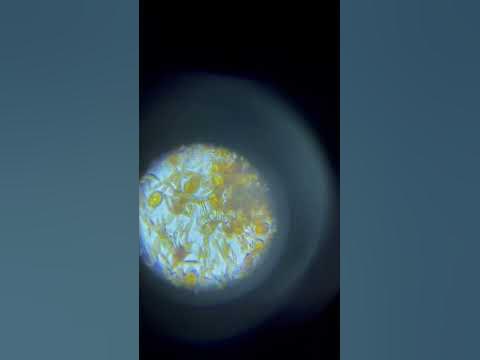- Joined
- Jul 12, 2019
- Messages
- 864
- Reaction score
- 689
Hello Everyone,
Been battling this on the sandbed for about the past month. Had some Dino’s also on the rock work but UV seemed to take care of those but now I have this brown mat that’s forms every day when lights come on and seems unaffected by UV. Was sure it was some type of Dino so started dosing liquid glass about a week ago. Seems to have helped as I clearly see Diatoms under the scope. Was just looking for a positive ID on Dino species. Thanks.



Been battling this on the sandbed for about the past month. Had some Dino’s also on the rock work but UV seemed to take care of those but now I have this brown mat that’s forms every day when lights come on and seems unaffected by UV. Was sure it was some type of Dino so started dosing liquid glass about a week ago. Seems to have helped as I clearly see Diatoms under the scope. Was just looking for a positive ID on Dino species. Thanks.



















